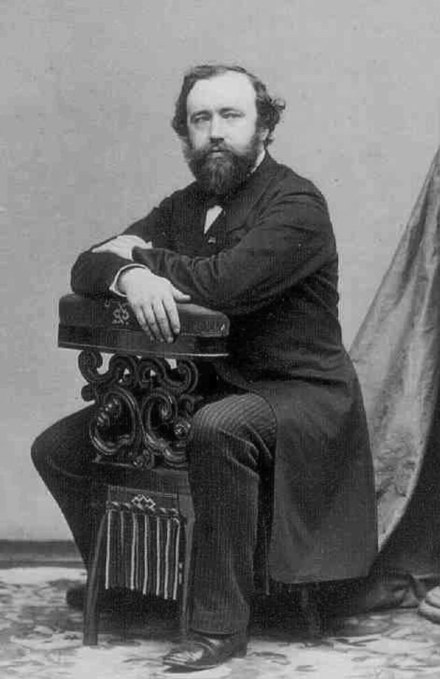by Stephanie Manning

If you need an excuse to escape into the solace of live music today, thankfully there are a few options.
At 12:00 noon, Trinity Cathedral’s BrownBag Series presents “Opera by Day” with Jacqueline Josten and Kira McGirr. At the same time, organist Florence Mustric performs music by Charles-Marie Widor at Music Near the Market.
Tonight at 7:30, The Cleveland Orchestra kicks off their Beethoven Piano Concerto cycle with some new additions: conductor Daniel Reith and pianists Orion Weiss and Sir Stephen Hough. Read more about those personnel changes here; tickets available online.
And at 7:00 pm at Treelawn Music Hall, Piano Cleveland Live@50 presents Daria Rabotkina in collaboration with Yaron Kohlberg.
For more information, visit our Concert Listings.
ISSUE 55 PASSES:
Cuyahoga County’s arts and culture groups have something to celebrate this morning, as Issue 55 passed with almost 70% support. This raise on the cigarette tax provides them a dependable source of funding through 2035. Read more from Ideastream Public Media here.
TODAY’S ALMANAC:
by Jarrett Hoffman
This date in music history has brought with it the deaths of German composer and organist Heinrich Schütz (1672 in Dresden), Russian composer Pyotr Ilyich Tchaikovsky (1893 in St. Petersburg), and French composer Edgar Varèse (1965 in New York), as well as the births of Belgian instrument inventor Adolphe Sax (1814 in Dinant) and American composer and conductor John Philip Sousa (1854 in the nation’s capital).

The saxophone is an entire family of nine instruments, ranging from subcontrabass up to sopranissimo — some of those invented by Sax, some designed but never built by him, and some developed by others in the years since then. The most common are the alto, tenor, baritone, and soprano, comprising the typical instrumentation for the saxophone quartet. To honor that other birthday boy, listen to Gregory Ridlington’s sax quartet arrangement of Sousa’s Stars and Stripes Forever here, played by members of “The President’s Own” Marine Band.
Hector Berlioz was a friend of Sax’s and an early supporter of the saxophone. In 1844, for a concert of his own music, Berlioz made an arrangement probably of his Chant sacré for a sextet of the inventor’s instruments, including saxophone. Click here to listen to the Saxback Ensemble play Guillaume Guillon’s arrangement of that work for an instrumentation with likely some similarity to the one heard in 1844: two clarinets (soprano and bass), three saxophones (alto, tenor, and baritone), and euphonium.
Saxophone fans can thank their lucky stars that the instrument even exists. As a 1972 article in Time Magazine read:
As a boy in early 19th century Belgium, Adolphe Sax was struck on the head by a brick. The accident-prone lad also swallowed a needle, fell down a flight of stairs, toppled onto a burning stove, and accidentally drank some sulfuric acid. When he grew up, he invented the saxophone.



